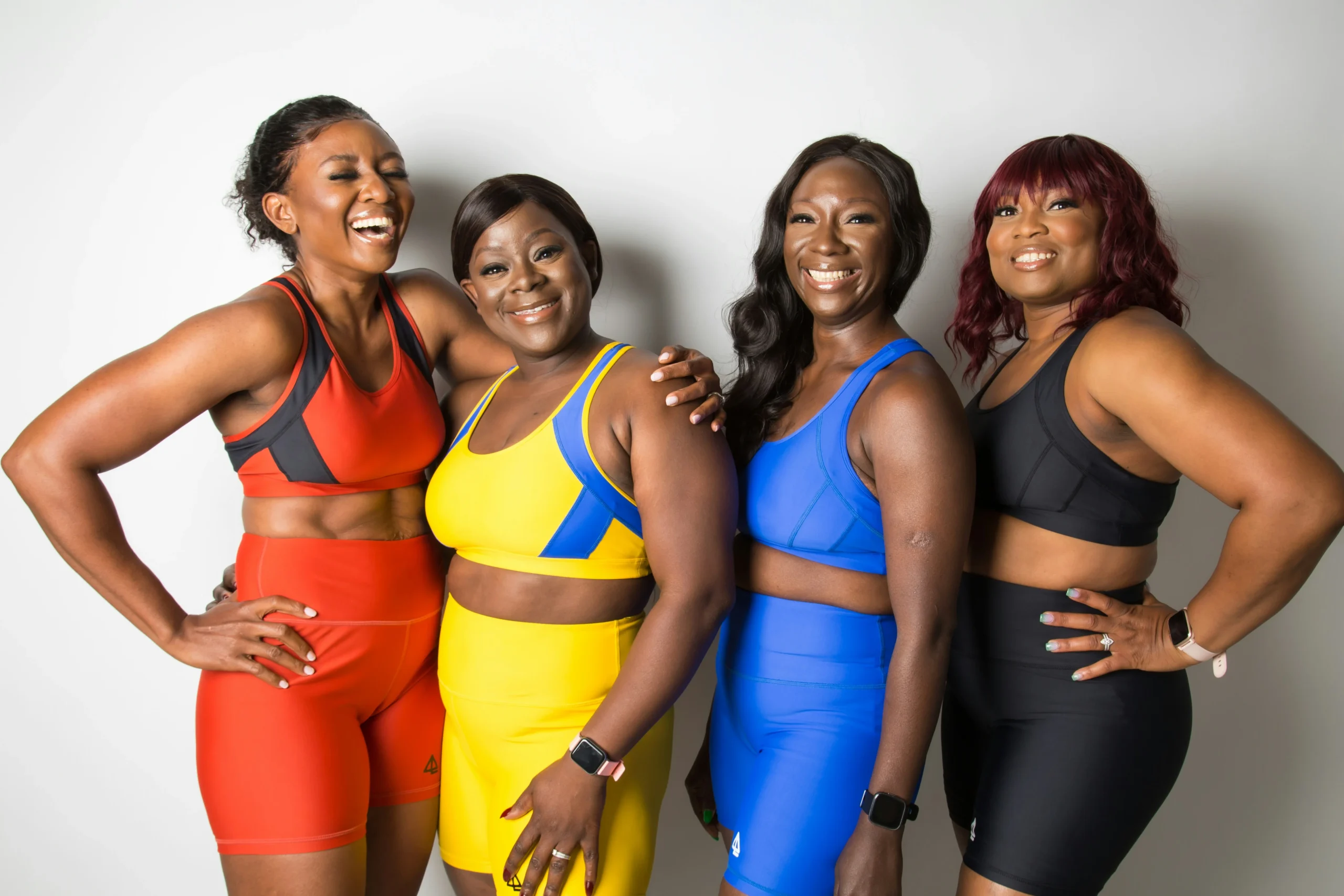Blue and black dress

Introduction
In 2015, a seemingly simple photo of a dress sparked a global debate that captivated millions. Known as the “blue and black dress,” this viral sensation divided opinions and became a cultural phenomenon overnight. But what made this dress so special? Why did it cause such a stir? In this article, we delve into the mystery behind the blue and black dress, exploring its origins, the science behind the optical illusion, and its enduring impact on internet culture.
The Origin of the Blue and Black Dress
The blue and black dress first appeared on the internet when Caitlin McNeill, a Scottish musician, posted a photo on Tumblr asking her followers to help identify the dress’s colors. Some saw it as white and gold, while others saw it as blue and black. The debate quickly escalated, with social media users, celebrities, and even scientists weighing in on the phenomenon.
The Science Behind the Illusion
The blue and black dress debate boils down to an optical illusion caused by the way our brains interpret colors. The phenomenon is linked to the concept of color constancy, which allows us to perceive colors consistently under varying lighting conditions.
Lighting and Perception
The photo of the dress is ambiguous because it lacks clear context about the lighting. Our brains attempt to correct for the lighting, leading to different perceptions. Those who perceive the dress as white and gold are likely interpreting the photo as being taken in a shadow, while those who see it as blue and black perceive the lighting as bright and direct.
Neuroscience Perspective
Neuroscientists have studied the dress to understand how our brains process visual information. The variations in color perception are attributed to differences in individual brain wiring and the way our brains filter visual signals. This case highlights the complexities of human vision and the subjective nature of color perception.
The Impact of the Blue and Black Dress
Social Media Explosion
The dress became a viral sensation, generating millions of views, shares, and comments across social media platforms. Hashtags like #TheDress, #WhiteAndGold, and #BlueAndBlack trended globally, demonstrating the power of social media in shaping conversations and spreading viral content.
Media Coverage
Major news outlets and publications around the world covered the dress debate, further amplifying its reach. The story appeared in headlines, TV shows, and online articles, making the dress a household topic of discussion.
Cultural References
The dress has left a lasting impact on popular culture. It has been referenced in TV shows, movies, and advertisements. It even inspired scientific studies and discussions in academic circles. The phenomenon of the blue and black dress serves as a reminder of the power of visual perception and the internet’s ability to create shared experiences.
Lessons from the Blue and Black Dress
The dress teaches us several important lessons about the nature of perception, the influence of social media, and the science behind viral content.
Perception is Subjective
The debate around the dress highlights the subjective nature of perception. What one person sees may differ dramatically from another’s view, reminding us of the complexities and variations in human experience.
The Power of Social Media
The dress phenomenon underscores the immense power of social media in creating and spreading viral content. It shows how quickly a simple question can spark a global conversation, connecting people from different backgrounds and cultures.
The Role of Science in Everyday Life
The dress also demonstrates the role of science in explaining everyday phenomena. Neuroscience and psychology provide insights into why we see things differently, emphasizing the importance of scientific inquiry and understanding.
Conclusion
The dress will be remembered as one of the most intriguing internet phenomena of the 21st century. Its ability to captivate and divide opinions showcases the power of perception and the impact of social media. As we reflect on this viral sensation, we gain a deeper appreciation for the complexities of human vision and the role of science in unraveling the mysteries of our world. Whether you see the dress as blue and black or white and gold, one thing is certain: the dress has left an indelible mark on internet culture and scientific discourse.
